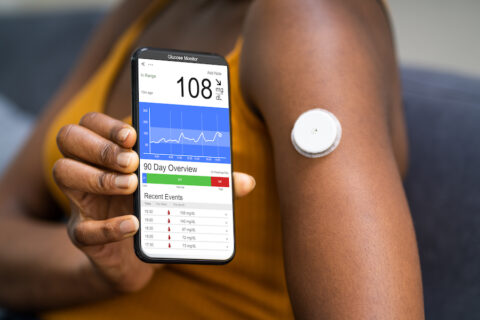Coach Ryan Kohler highlights his favorite Intervals.icu analysis tools and how to use them to improve your training.
Coach Ryan Kohler highlights his favorite Intervals.icu analysis tools and how to use them to improve your training.
Coach Ryan Kohler highlights his favorite Intervals.icu analysis tools and how to use them to improve your training.
Coach Ryan Kohler highlights his favorite Intervals.icu analysis tools and how to use them to improve your training.

Learn what aero sensors do for cyclists and whether or not the tech is worth adding to training.

While many athletes and coaches rely on TrainingPeaks to analyze and archive their training data, there are several other notable programs worth considering.

What are the keys to success in ultra running, and are they the same across all distances?

They’re becoming incredibly popular, but where do CGMs fit into racing? Two elite coaches debate the merits and pitfalls of using wearable glucose monitors in competition.